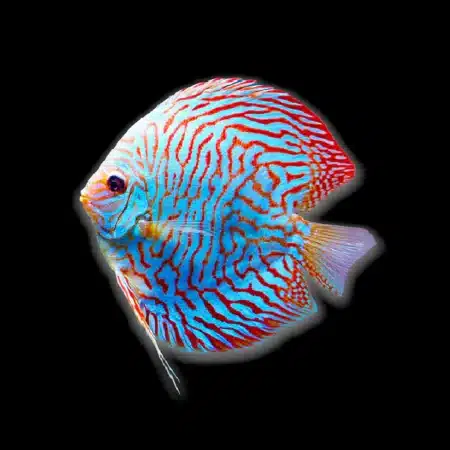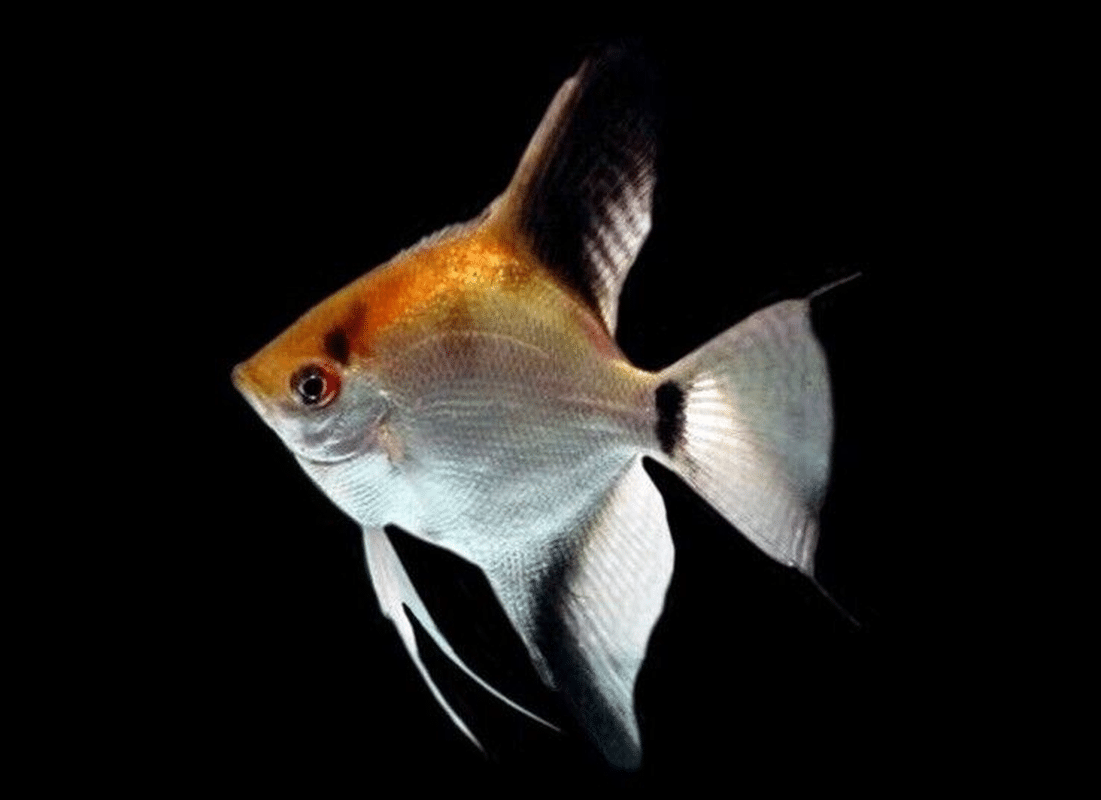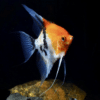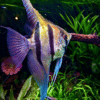To provide the best experiences, we use technologies like cookies to store and/or access device information. Consenting to these technologies will allow us to process data such as browsing behaviour or unique IDs on this site. Not consenting or withdrawing consent, may adversely affect certain features and functions.
The technical storage or access is strictly necessary for the legitimate purpose of enabling the use of a specific service explicitly requested by the subscriber or user, or for the sole purpose of carrying out the transmission of a communication over an electronic communications network.
The technical storage or access is necessary for the legitimate purpose of storing preferences that are not requested by the subscriber or user.
The technical storage or access that is used exclusively for statistical purposes.
The technical storage or access that is used exclusively for anonymous statistical purposes. Without a subpoena, voluntary compliance on the part of your Internet Service Provider, or additional records from a third party, information stored or retrieved for this purpose alone cannot usually be used to identify you.
The technical storage or access is required to create user profiles to send advertising, or to track the user on a website or across several websites for similar marketing purposes.
Turquoise Checkerboard Discus – Symphysodon aequifasciatus “Turquoise Checkerboard” size 5 to, Stunning Tropical Fish, Ideal Companions for Beginner Aquarists Seeking Colorful Additions 1 × £55.00

 Turquoise Checkerboard Discus – Symphysodon aequifasciatus “Turquoise Checkerboard” size 5 to, Stunning Tropical Fish, Ideal Companions for Beginner Aquarists Seeking Colorful Additions
Turquoise Checkerboard Discus – Symphysodon aequifasciatus “Turquoise Checkerboard” size 5 to, Stunning Tropical Fish, Ideal Companions for Beginner Aquarists Seeking Colorful Additions 













Emily Carter (verified owner) –
I recently purchased a couple of Ghost Angelfish (Pterophyllum Scalare) and I can’t express how thrilled I am with these exquisite freshwater fish! After just two weeks in my 55-gallon tank, they have adjusted beautifully. Their ethereal, translucent fins and striking patterns are simply mesmerizing to watch as they glide through the water. I’ve kept angelfish before, but the ghost variety has a unique charm that makes them stand out.
I paired them with some peaceful tank mates, and they seem to thrive, interacting well without any signs of stress. Their behavior is delightful; they explore every nook of the tank and often show curiosity towards me when I’m near. One minor concern was the initial shipping time, which took a bit longer than expected, but they arrived in perfect condition with clear instructions on acclimation. This is definitely a quality product, and I would wholeheartedly recommend it to both beginners and seasoned aquarists who appreciate the beauty of angel fish. If you’re looking to add a stunning centerpiece to your aquarium, these Ghost Angelfish are a must-have!
Emily Turner (verified owner) –
I recently purchased the Ghost Angelfish and I must say, they are absolutely stunning! I’ve been an aquarium enthusiast for over five years, and these juvenile freshwater fish have quickly become my favorites. After just two weeks in my 55-gallon tank, their colors have already intensified, and they swim gracefully among the plants. What I love most is how easy they are to care for—following the care tips provided really helps ensure they thrive.
I initially considered other cichlids, but none have the elegance and personality of these angel fish. Their ability to adapt to tank conditions is impressive, making them perfect for intermediate aquarists looking to expand their collection. Just keep an eye on their diet; they enjoy a varied menu!
A minor concern is that they can be a bit shy until they settle in, so providing hiding spots is essential. Otherwise, I couldn’t be happier with my purchase. I would highly recommend the Ghost Angelfish to anyone who wants to enhance their aquarium with vibrant life and charm. You won’t be disappointed!